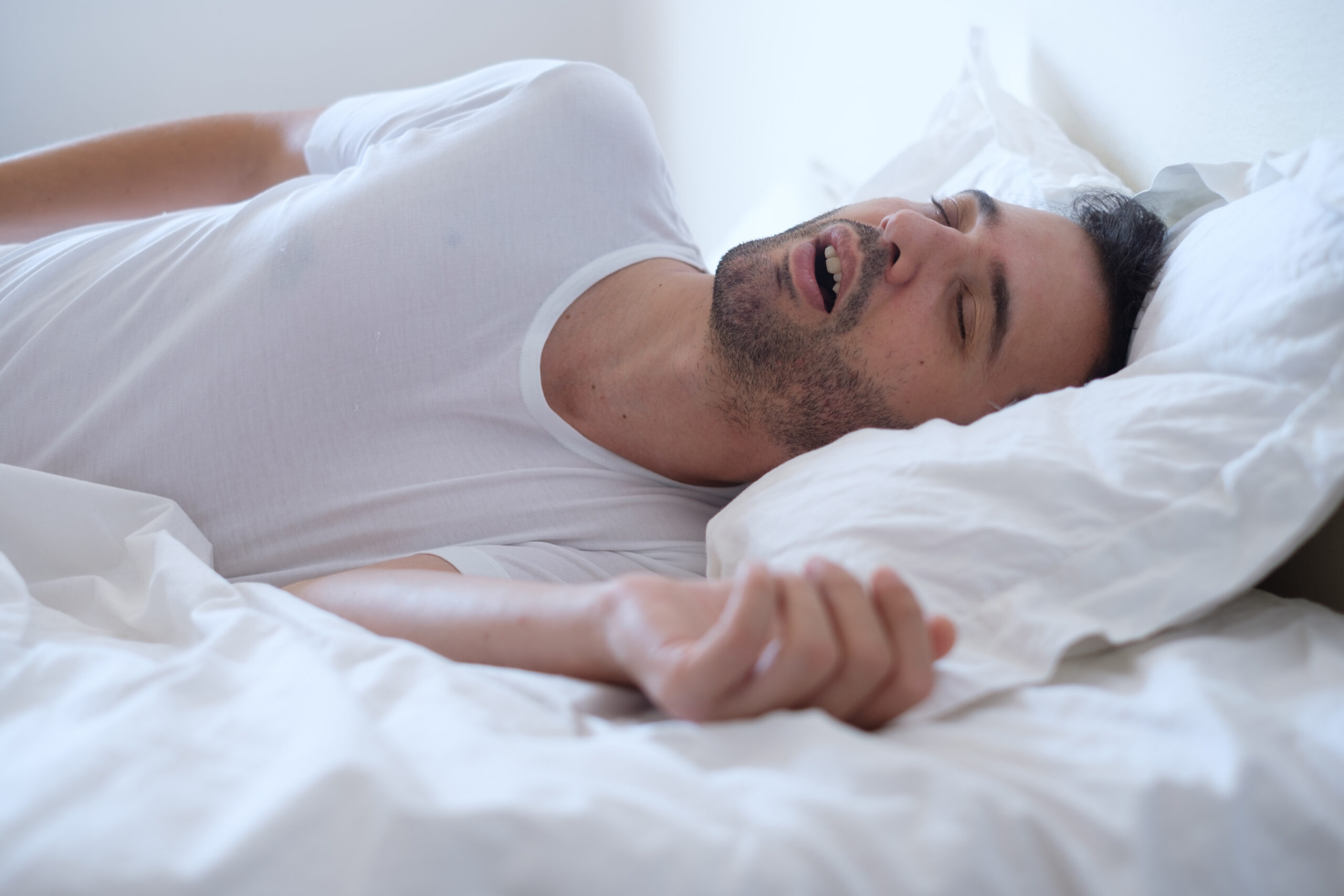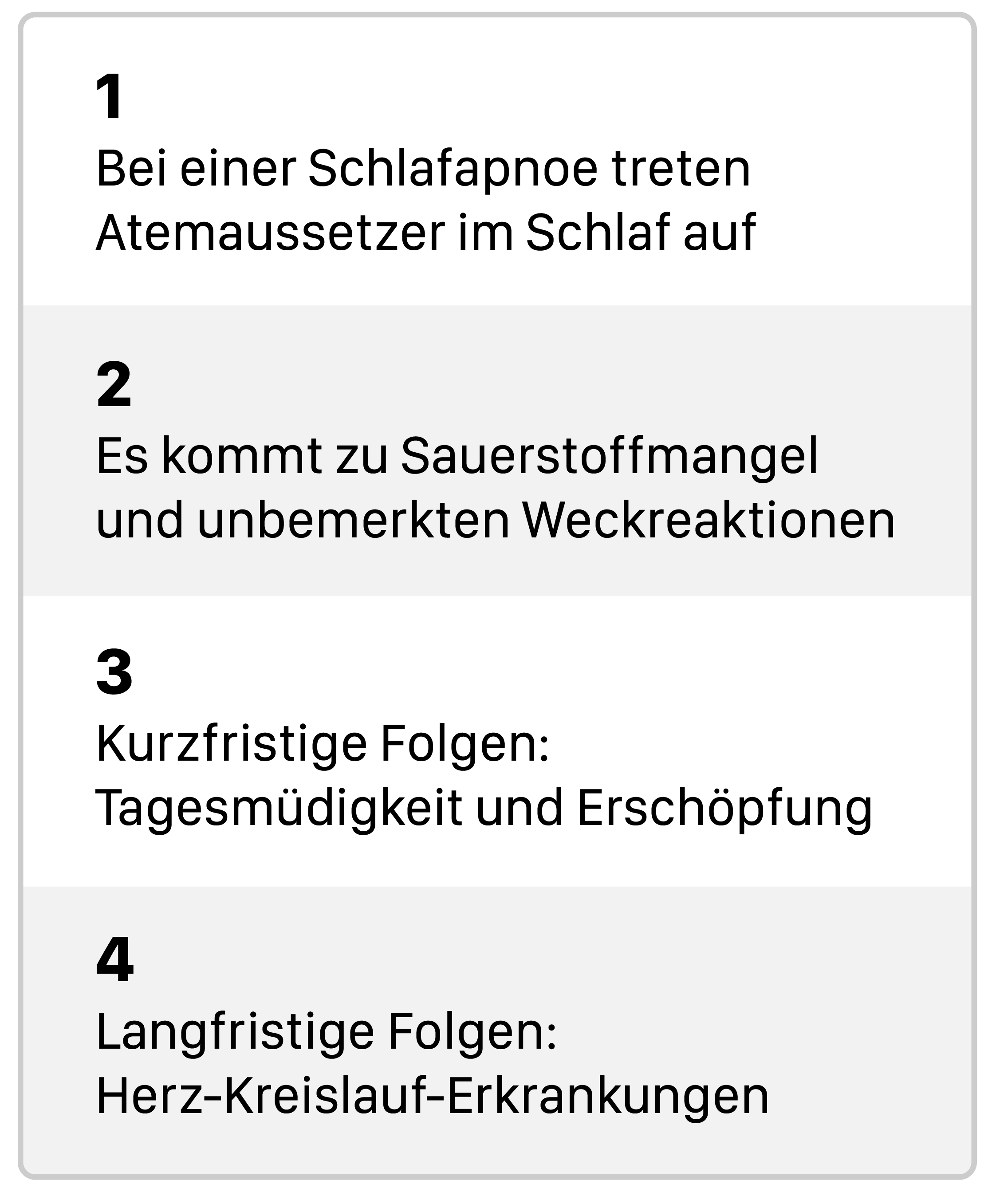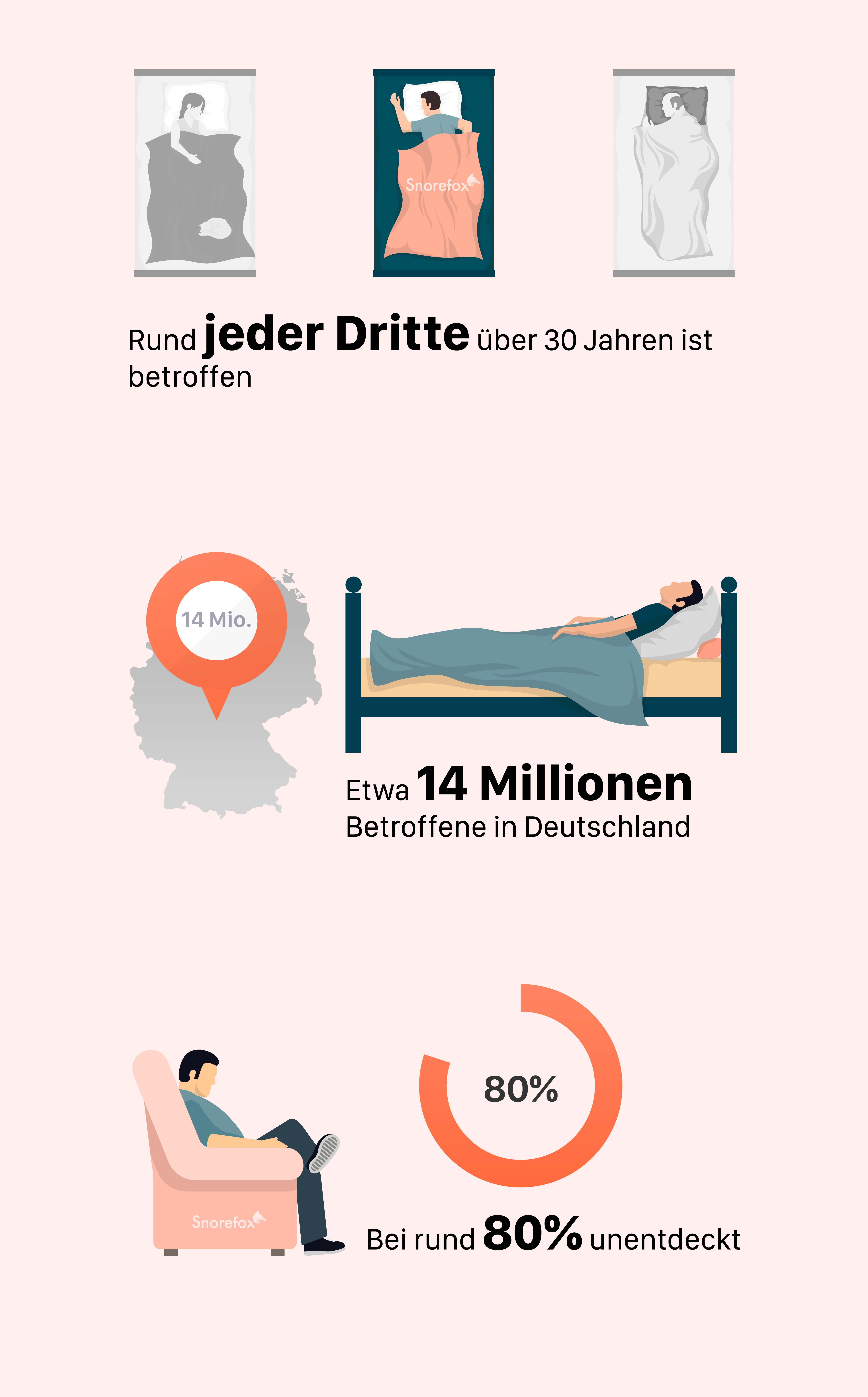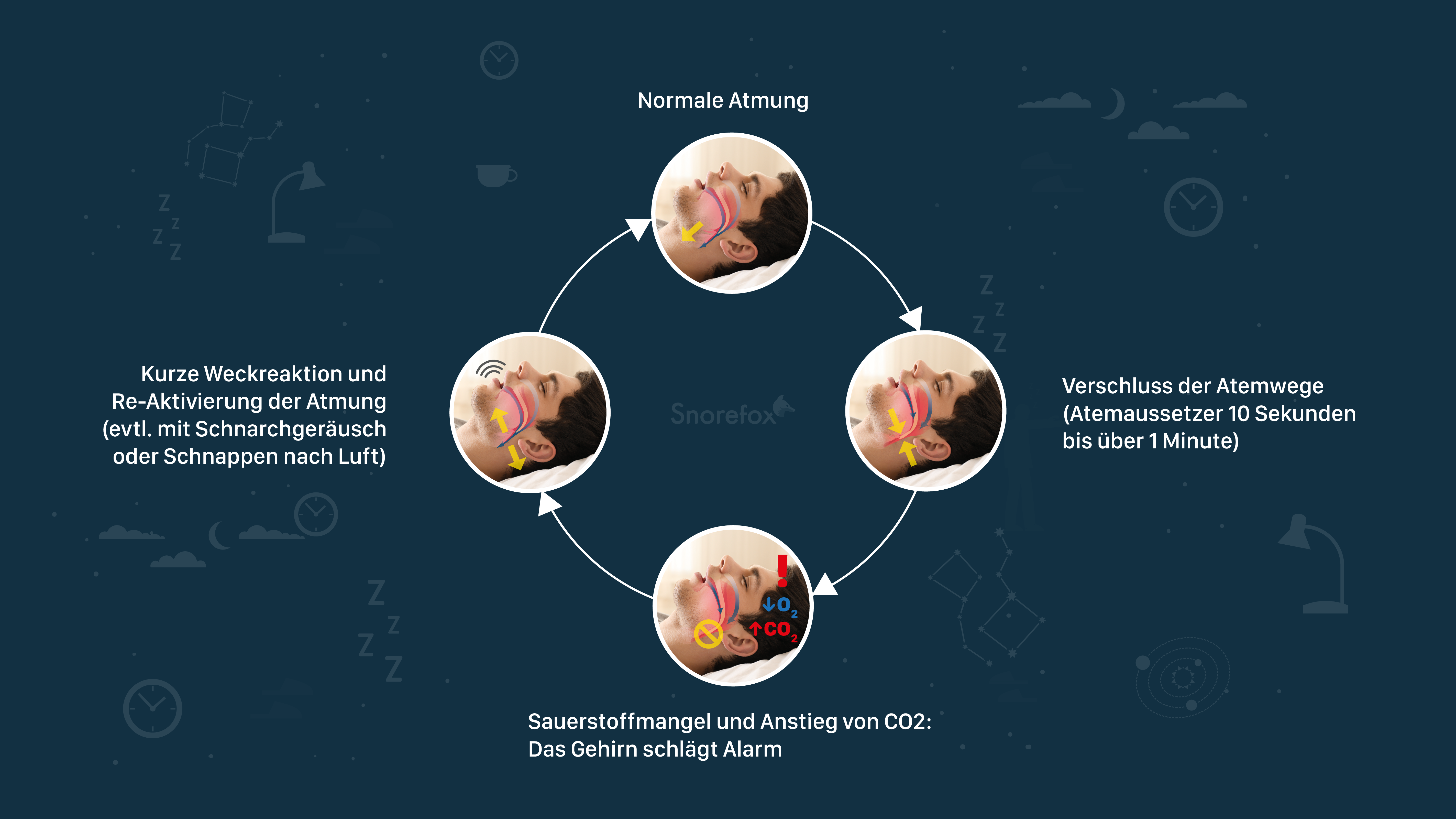
In the case of obstructive sleep apnea repeatedly stops breathing at night because the upper airways close for a short time. The insufficient air supply causes a Oxygen deficiencywhich gives the body a Short but usually unnoticed wake-up reaction is triggered. This interrupts restful sleep, resulting in Daytime tiredness and exhaustionand long-term serious health consequences such as High blood pressure, heart attack and stroke. To prevent this, it is important to recognize and treat sleep apnoea in good time.

Sleep apnea is a Widespread disease and affects millions of people worldwide. Around one in three people over the age of 30 is affectedwhich accounts for around 14 million people in Germany alone. Sleep apnoea occurs more frequently in men and older people, while women are at a higher risk, particularly with the onset of the menopause.
Of the large number of people affected, however, only a small proportion receive any treatment at all, as very few are aware of their risk. Around 80% of those affected are completely unaware of their condition.

One of the reasons for this is that the Symptoms of sleep apnea Very diverse and unspecific are: Poor sleep, daytime tiredness, exhaustion, headaches, irritability or difficulty concentrating can have many causes. They are often dismissed as the result of stress.
However, if sleep apnoea is not detected and treated, there is a risk of serious consequences. health consequences such as high blood pressure, heart attack or stroke.
During sleep, our muscles naturally relax, which also affects the muscles of the upper airways. With sleep apnoea relaxes the muscles of the upper airways in such a way that it leads to a Constriction or obstruction of the airways occurs. This can happen, for example, because the tonsils are enlarged, the soft palate is too slack or the tongue falls back in the throat.
Due to the blockage of the airways, not enough air gets into the lungs and the oxygen concentration in the blood drops rapidly. In extreme cases, the breathing interruptions can last for over a minute. To prevent suffocation during sleep, the brain sounds the alarm. Adrenaline is released, heart rate and blood pressure rise and A brief arousal reaction is triggered. Those affected often gasp audibly for air.
These short Wake-up reactions are not noticed in most casesbecause they are so short that you immediately fall asleep again. The wake-up reactions however, disturb restful sleep and tiredness the next day is the result. In severe cases, breathing interruptions and the associated wake-up reactions can occur over 100 times per night.

In general, the following applies People who are overweight or obese or constricted upper airways are more likely to develop sleep apnea. The risk also increases with advanced age to. Men have a higher risk of suffering from sleep apnea, with the Onset of the menopause the risk is equalized for women.
Certain medical conditions, such as Diabetes, high blood pressure and cardiovascular diseases are associated with an increased risk of sleep apnea. One Family history also contributes to an increased risk of sleep apnea.
Certain anatomical features can also contribute to the development or worsening of sleep apnoea. These include, for example, enlarged tonsils or retrognathia, a receding jaw, which often manifests itself as a receding chin.
Factors that increase the risk of sleep apnea but can be controlled include Smoking and evening Alcohol consumption. If you drink alcohol before going to bed, it relaxes the muscles of the upper airways, making it easier for them to collapse during sleep.
Risk factors at a glance:
If you are concerned that you may be suffering from sleep apnea, it is important to take appropriate steps to to have the disease diagnosed and, if necessary, treated. This is the only way to minimize long-term health consequences.
For the diagnosis and Treatment of sleep apnea is a sleep physician is the right person to contact. A sleep doctor will ask you specific questions about your symptoms, your state of health and your sleeping habits and carry out a sleep study. This can be carried out either in a sleep laboratory or at home using a special device.
If you are unsure whether you are actually at risk of sleep apnea and should see a doctor, you can First determine your personal risk yourself at home. With the help of the Snorefox app you can conveniently analyze your nocturnal snoring and breathing noises via smartphone and thus gain clarity about your sleep apnea risk.
The Snorefox app helps you to make an informed decisionbut does not replace a visit to the doctor. If the app indicates a risk of sleep apnea, you should consult a doctor in order to receive a comprehensive diagnosis and suitable treatment. The doctor finder integrated in the app makes it easier for you to find the right specialist.
Sleep apnea is a widespread common diseasewhich affects around one in three people over 30, but many are unaware of their risk. With sleep apnoea, breathing pauses occur during sleep, usually unnoticed, but with serious health consequences.
Symptoms such as poor sleep and tiredness are often misinterpretedbut in the long term, undetected sleep apnoea can lead to cardiovascular diseases such as heart attacks or strokes. Obesity, advanced age and certain pre-existing conditions increase the risk of sleep apnoea.
If there are signs of sleep apnea, early diagnosis and treatment is essentialto avoid long-term health problems and promote restful sleep. Take your health proactively into your own handsby gaining clarity and seeking professional advice if necessary. The Snorefox app supports you along the way.